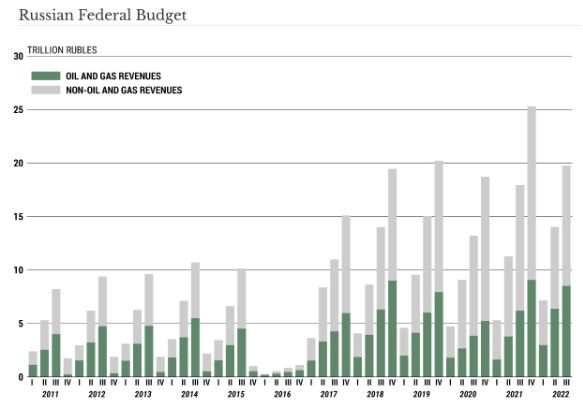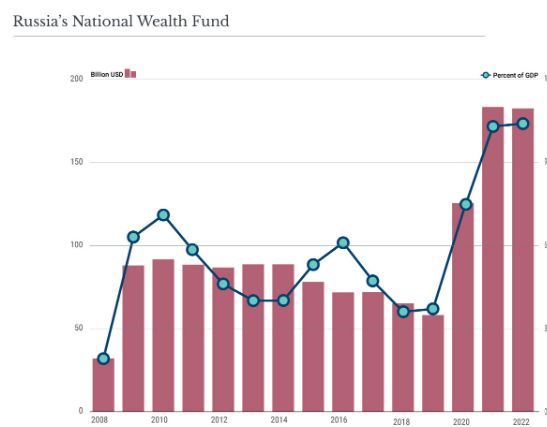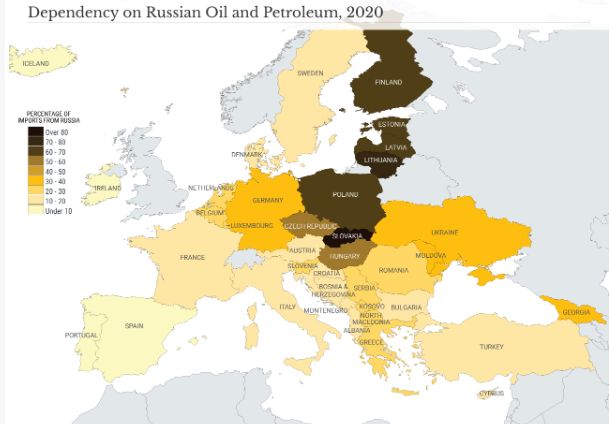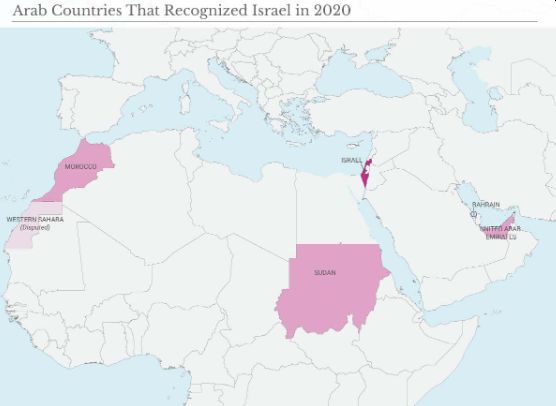By Eric Vandenbroeck
and co-workers
Annual 2023 Forecast
This year's central
issue will be the ongoing spasm of economic dysfunction due in equal parts to the
war in Ukraine, post-pandemic recovery efforts, and the more banal aspects of
normal business cycles. The dramatic economic crisis in China compounds these
problems, its effects inevitably transmitting worldwide by China's economic
weight. Global, multifaceted economic crises like these take years to resolve,
and in their resolution, they will generate political consequences within
countries and between them. This phenomenon will intensify in 2023. And though
the war in Ukraine is agonizing to observe, it is not the most important issue
we face this year. That honor belongs to China.
China
As expected, China’s
economic crisis intensified in 2022, leading to higher-profile social unrest.
COVID-19 lockdown measures ostensibly caused them, but as with all protests,
they became broader movements of people airing economic and political
grievances. In some ways, China is a victim of its success. Its breakneck
economic growth was unsustainable, but domestic and international investors
believed it to be permanent, as they're wont to do. China desperately needs
investment capital and unfettered exports to stabilize its system. With the
global economic crisis, both are harder to come by – a fact that has forced
China to redefine its relationship with perhaps the only country able to
provide investment capital and demand for products amid a recession: the United
States.

As indicated by our recent
article, talks between China and the US have yet to be productive, but
we forecast they will be. Beijing will have to ease military tensions with the
United States, save for the normal face-saving theatrics. The U.S. has reason
to play nice too; it doesn’t want China to move closer to Russia, nor does it
want Beijing to act aggressively in the face of economic catastrophe.
For all the
saber-rattling between the two, we do not expect a Sino-American war. China
cannot afford a defeat in a war as its economic standing at home is in
question. Its focus must be on solving its economic problems and quelling
unrest. It will need a reasonable relationship with the U.S. to do that.
The United States
At this point, the
U.S. cannot afford to abandon Ukraine. Having asserted its interests there and
pressured other nations to cooperate, American options are limited. Still,
Washington is fighting an optimal war. The Ukrainians are absorbing casualties,
even as the delivery of U.S. weapons and munitions imposes heavy casualties on
the Russians. Washington will press for a negotiated settlement that keeps
Russia as far from NATO’s borders as possible and will hold this position
through the year.
At home, the U.S.
will experience a significant recession, similar to the 1970s, when the cost of
Vietnam, the Arab oil embargo and natural downturns in the business cycle
created massive inflation and job pressures. This recession, like that one,
will begin to focus on cyclical changes for the decade.
Russia
The war in Ukraine is
gridlocked. Every time the Ukrainian armed forces score a tactical victory,
Russia prevents them from fully exploiting it – and vice versa. This state of
affairs would suggest a negotiated settlement is in the offing, and though we
believe that to be the logical outcome, no one seems willing to budge.
The prospects for a
settlement depend, to some degree, on the viability of the Russian economy. The
West’s initial response to the invasion was a debilitating campaign that, for a
spell, crippled Russia’s economy. Though Russia isn’t out of the woods, it has
rebounded well enough to maintain some leverage in the war, in international
energy markets, and so on.


Economics aside, two major obstacles have
frustrated any attempt to end the stalemate. The first is a precondition that
neither side will resume hostilities at a time of their choosing. Both want to
retain that right. The second is an unwillingness to cede territory, which is
difficult for domestic political reasons. The Ukrainians want control of their
whole country. The Russian public would be appalled that all the death and
hardships were far less than promised. (A key element on both sides of the war
is the management of the public. Ukraine and the U.S. have shown they can
manage their public. Russia is the one to watch.)
There is no reason to
believe that either side will crush the other. There may be peace talks, but a
rapid settlement is unlikely. The stakes are high, and neither side will break.
The most likely course is that the war will continue, but don’t be surprised to
see the beginnings of talks toward resolution.
Europe
It’s difficult to
forecast Europe because "Europe" is ultimately a geographic concept
bound together by multinational organizations, the biggest of which are NATO
and the European Union, each with its membership list and mission. It’s better
to think of Europe as an arena for cooperation and coemption.
A major issue for
Europe in 2023 will be continued access to Russian energy. Europeans agree that
they need oil, but they need to agree on what price should be paid for it.
Poland opposes any concession to Russia. Hungary doesn’t. Germany is eager to
maintain oil shipments but must subordinate itself to the United States, its
largest customer and guarantor of national security. Consider also that Europe
broadly believes a Russian victory in Ukraine would be bad for the continent.
Countries like Poland, the Czech Republic, and Germany remember the Cold War
and are in no hurry to recreate the boundaries that defined it. There is a
genuine support in governments – and in some publics – for the war.

The European Union was designed for
peace and prosperity. War strains these ideals and skews geopolitical interests
and economic desires. Some countries feel they must prioritize war preparations
over economic considerations. This will strain the unity of the EU in the
coming year, not only over this issue but also over an increasing sense that
the bloc undermines national economic and military interests. The EU will
continue, however slowly, to fragment as national interests diverge.
India
India is slowly
emerging as an economic and military power whose ascension affects everyone. It
has one of the fastest-growing major economies – certainly among comparably
developed and similarly sized economies. It must now be included with nations
that influence the global system.
India's national
strategy is to balance between greater powers, particularly Russia and the
United States, a practice that will inevitably create tensions inside a country
that is famously variegated. India will grow in fits and starts as it manages
its relationships with historical adversaries and skew
ties with traditional
allies. New Delhi will, for example, enhance economic and industrial
cooperation with Russia to balance against China. There have always been
questions as to when India would emerge as a great power. Next year seems the
moment.
The Middle East and North Africa
New alliances will
emerge and old ones will decay. Israel has already become a major anchor of the
region, as evidenced by the Abraham Accords, but forces inside the country have
created a degree of unease in Arab nations. More important is the political
future of Turkey, with the Erdogan era waning and the region preparing for new
Turkish policies. Internal matters will dominate the region in 2023 – no small
matter for a region beset by decades of war – and those within Israel and
Turkey most of all. Neither will yield much clarity.

Latin America
Driving the behavior
of Latin America in 2023 will be its inability to recover from the COVID-19
pandemic. It was arguably the worst-hit region and has been the slowest to
recover. Latin American countries will see intense social unrest, and
governments will prioritize foreign ties with economic benefits. Increased
global uncertainty and competition surrounding commodities like food, energy
and metals will spark renewed interest from countries in the Western Hemisphere
to establish commodity-driven commercial ties. Russia and China will not be
able to compete as strongly in Latin America as they have in past years. Their
own economic problems will prevent them from offering financial solutions this
far afield, creating an opportunity for the U.S. to shore up ties, including
with sometimes adversarial governments in Cuba and Venezuela.
Final Comment
It’s easy to forget we’ve lived in the post-Cold War era
for more than 30 years. The world was never perfectly harmonious, but countries
broadly seemed to be paddling in the same direction. 2023 may finally be the
year the world starts to move into another age. Alliances and relationships
will fragment as interests diverge, which could even ease pressure in some
places. Tensions created by the U.S.-China competition will at least partly
shape those interests, even as Beijing and Washington come to some formal
economic understanding and informal military understanding.
For updates click hompage here